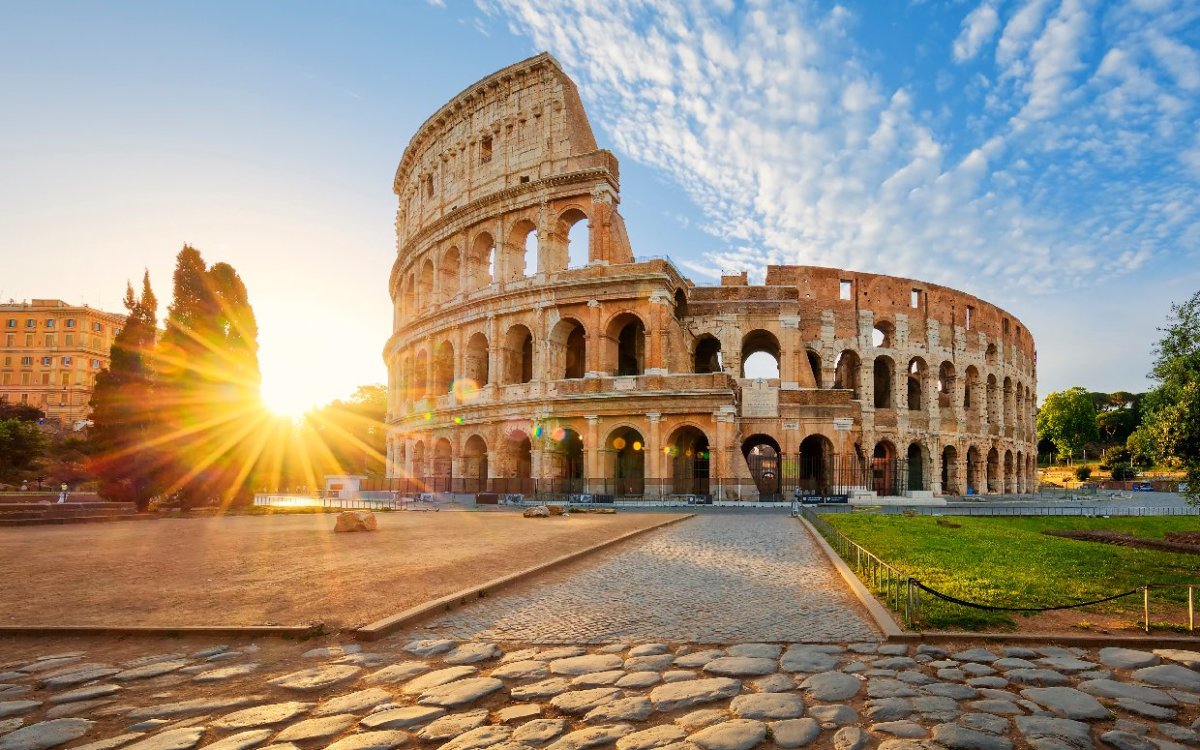



As of my last knowledge update in January 2022, here is a brief overview of the visit visa process for Italy. Please note that visa requirements and processes may have changed, so it's crucial to verify the most up-to-date information on the official website of the Italian Embassy or Consulate in your country:
1. Types of Visit Visas:
2. Application Process:
3. Submission:
4. Processing Time:
5. Visa Approval/Denial:
6. Length of Stay:
7. Extensions:
Always check the latest information on the official website of the Italian Embassy or Consulate in your country. The specific requirements and procedures can vary, so it's essential to follow the guidelines provided by the Italian authorities.
The Italy is home to many famous and iconic landmarks, but some well-known places are:
1. The Colosseum and the Roman Forum
The Colosseum is the most famous landmark of Rome and Italy. It is a colossal amphitheater that was built in the first century AD and hosted gladiator fights and other spectacles. The Colosseum could accommodate up to 50,000 spectators and is a UNESCO World Heritage Site. The Roman Forum is an archaeological site that was the center of public life in ancient Rome. It contains the ruins of temples, markets, basilicas, and monuments. The Colosseum and the Roman Forum are symbols of the power and culture of the Roman Empire.

2. St. Mark’s Square
Located in Venice, St. Mark’s Square is the principal public square of the city and one of the most famous squares in the world. It is surrounded by some of the most important buildings and monuments of Venice, such as St. Mark’s Basilica, the Doge’s Palace, and the Campanile. It was built in the 9th century and enlarged in the 12th century by filling in a canal and a dock. The square is a UNESCO World Heritage Site and a symbol of the power and culture of the Venetian Republic.
